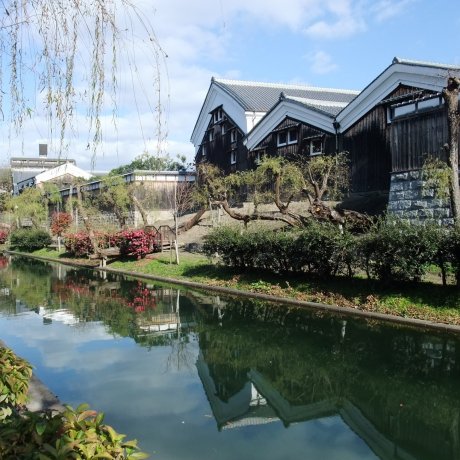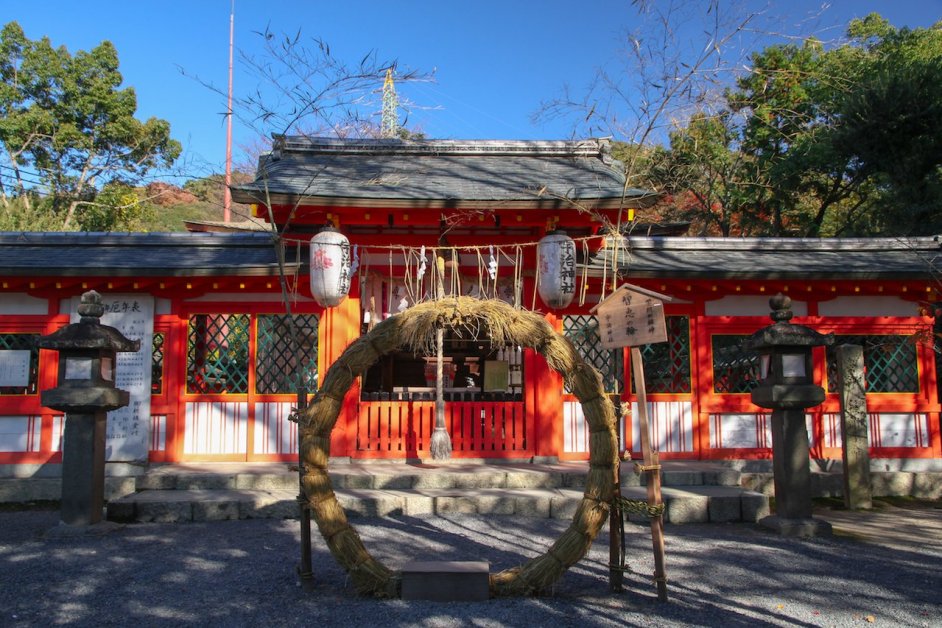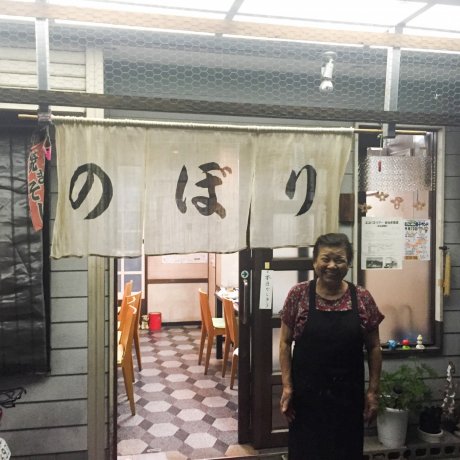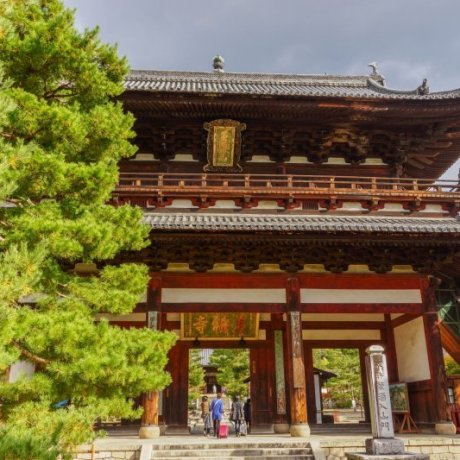 8
8
Searching for Ryoma at Teradaya Inn
This is the place where Ryoma Sakamoto was attacked by authorities. His wife Oryo saved him by running naked from the bath to inform..

Located in Uji, the city renowned for green tea, Ujigami shrine is Japan’s oldest existing shrine. Among the country’s thousands of shrines, Ujigami shrine was one of the first — allegedly built during the year 1060. Although the shrine is rather off the beaten track, its convenient location makes it easy to combine visits with nearby Byodo-in Temple and Uji-gawa Shrine.
Ujigami-jinja’s grounds are quiet and serene, located away from the bustling tourist attractions in central Kyoto. It was originally built to honor Emperor Ojin and his sons, after one of the princes committed suicide in a selfless effort to solve the dispute over imperial succession. Now, Ujigami shrine also serves as the guardian shrine for Byodo-in Temple.
Visitors to Ujigami-jinja will also notice the abundance of rabbit motifs. The puzzling presence of rabbits is related to a myth about a divine rabbit that guided the lost prince back to town. Since then, the rabbit has been honored in the form of figurines, omikuji and more in the city of Uji.
The temple’s springwater is said to have special qualities, making it the best choice for use in traditional tea ceremonies — rated to be among the 'Seven best waters of Uji'. Its main Honden building is also believed to be the oldest remaining example of nagare-zukuri-style architecture. Being host to such historically significant sites, it is no wonder that Ujigami-jinja was designated a UNESCO World Heritage Site in 1994.
Built in the late Heian period (794 - 1185), the honden building in Ujigami-jinja is especially unique due to its old nagare-zukuri-style architecture. It is one the oldest remaining examples of nagare-zukuri design, its distinctive feature being the three inner shrine structures being built side-by-side with the largest in the middle. Despite being made entirely of wood, it has survived almost a thousand years without being damaged by fire or man-made disasters.
10-minute walk from Uji Station on the Keihan Uji Line 20-minute walk from JR Uji Station
 8
8
This is the place where Ryoma Sakamoto was attacked by authorities. His wife Oryo saved him by running naked from the bath to inform..

Uji is thought to be the first place in Japan to have mastered tea growing. Thus, it makes sense that Uji is so well-known for matcha...

Visiting the Kansai region and wanting to try one of the signature dishes of Western Japan, “Okonomiyaki?” Or, have you alread..

Torikizoku is a popular and affordable yakitori chain store in Japan. What is yakitori? Yakitori is grilled chicken served on ..

The Byodoin Temple in the city of Uji near Kyoto adorns the reverse of the Japanese 10 yen coin and is best known for its distinctive “phoenix hall”...

The Nintendo Museum in Uji City, Kyoto, offers a rare chance to explore the full legacy of one of Japan’s most influential entertainment companies...

Ōbaku-san Manpuku-ji is a temple located in Uji, Kyoto. It is the head temple of the Japanese Ōbaku Zen sect, named after Wanfu Temple in Fujian, Ch..
Your feedback has been sent.